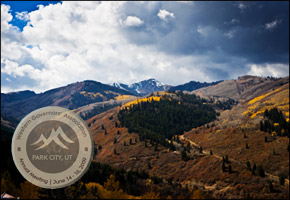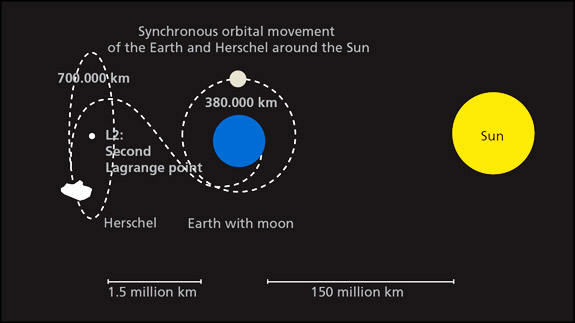Peter Gleick: Western Governors and New Thinking on Water

I had the opportunity this week to brief a group of western Governors and Canadian Premiers in Park City, Utah on water challenges and solutions. The trip had many highlights: I saw one of the biggest belt buckles I’ve ever seen (on Governor Otter), the First Dog of Montana (Jag), and a fine shotgun (given as a gift to outgoing Western Governors Association chair Governor Huntsman). During the trip, I also discovered that these leaders seemed not only interested in and concerned about water, but reasonably informed as well.
Water Number: 11
The number of Governors and Premiers from the western U.S. and Canada that attended the water briefing at the Western Governors Association (WGA) meeting. My own Governor, Governor Schwarzenegger, who has not been nearly as well informed on water as he is on climate, was absent.
Let me summarize what I proposed they consider in the coming years:
Rethink supply and demand
Traditional supply options, such as big reservoirs and long-distance water transfers, are no longer available, increasingly expensive, or politically impossible. However, there is a whole range of new “supply” options that they should consider, including the use of reclaimed water, the conjunctive use of surface and groundwater, rainwater harvesting, and under the right circumstances, desalination. I also showed how rethinking “demand” for water – with a focus on improving water – use efficiency – was already reaping vast benefits for their regions: saving water, saving energy, and reducing greenhouse gas emissions. Most were unaware that water use in their states is stable or even declining because of improving efficiency and demand management.
Improve institutional management
In most places, we don’t manage water very well; our political boundaries don’t match our watershed boundaries, and the failure to integrate local-state-federal efforts is leading to mismanagement and water disputes. I strongly pushed for integrated land-use and water-use planning and better discussions across state lines. The Governors all seemed sensitive to disputes with neighboring states.
Protect water quality
There are new, unresolved problems with water quality, including challenges in the western U.S. and Canada over new oil and gas extraction (“produced water”), unregulated or inadequately regulated contaminants in drinking water, and inadequate regulatory oversight. I urged them to improve water-quality monitoring.
Integrate climate change into all water planning
Some of the most significant impacts and risks of climate change will be on the water resources of western states, including loss of snowpack, changes in the timing of runoff, increased irrigation demands, and more. For water, I argued that all states must integrate climate change into new infrastructure design, the operation of existing infrastructure, and energy policy, with a focus on both the energy required to produce and use water, and the water required to produce new forms of energy.
During the Q&A, we discussed the proper level and role for water management, the idea of innovative groundwater storage as opposed to new dams, the role of international mechanisms for managing water between the U.S. and Canada, and the U.S. and Mexico, and more.
In a small sign of the times, our tables were all served with commercial bottled water despite the fact that Park City has wonderful Utah tap water that originates in the snow of the surrounding mountains. Maybe the Governors should take a lesson from the Mayors (led by, among others, former Mayor Rocky Anderson of Salt Lake City, Utah), who have taken a pretty strong stand against bottled water use. While this meeting showed our leaders are taking many steps in the right direction, we still have a long way to go before we’re properly managing our water.
Dr. Gleick’s blog posts are provided in cooperation with the SFGate. Previous posts can be found here.








Leave a Reply
Want to join the discussion?Feel free to contribute!